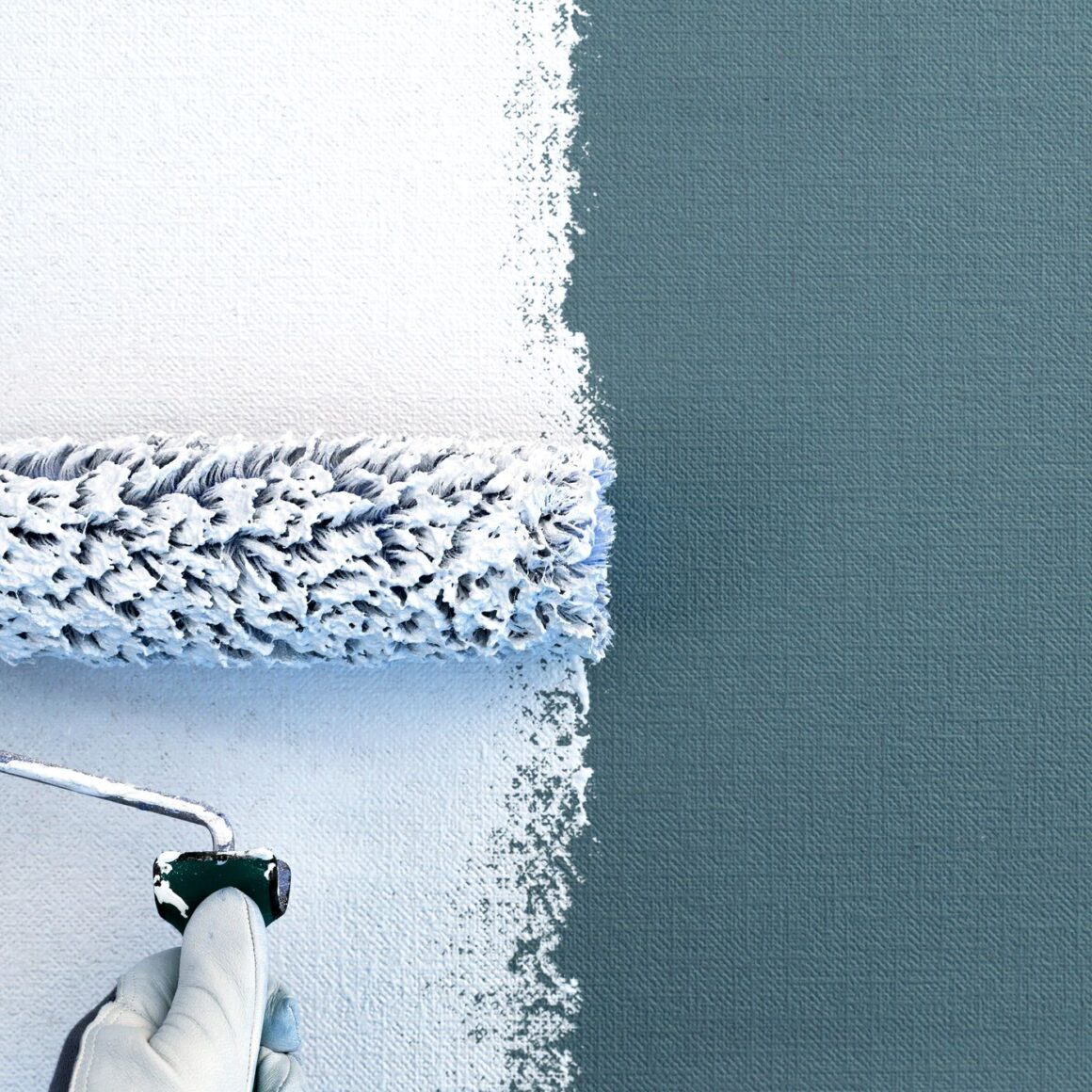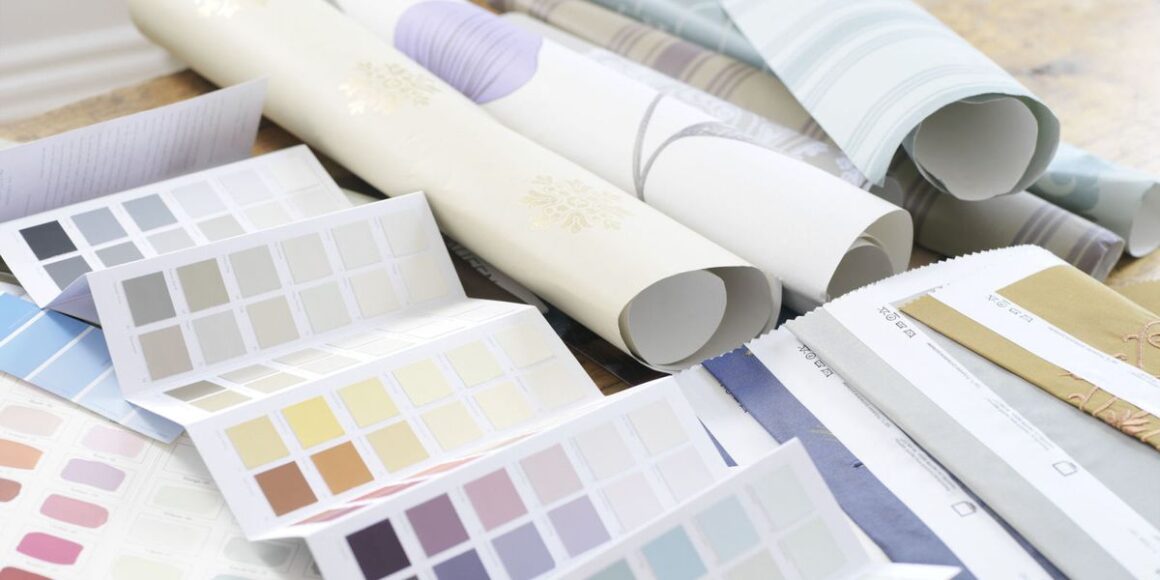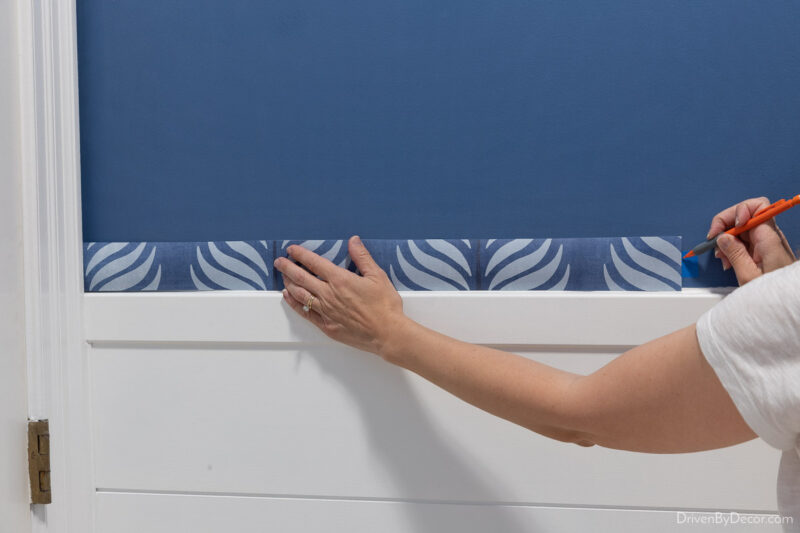Installing wallpaper is a big decision – one that can change the entire look and feel of your home. But before you take the plunge, make sure to follow these tips for a successful wallpaper installation!
What to Look for When Buying a New Wallpaper?

When looking to buy a new wallpaper, there are a few things to consider.
– First and foremost, you should decide what type of wallpaper you would like. There are many different types and styles of wallpaper, so it is important to find something that fits your needs.
– Another important factor to consider when buying new wallpaper is the price. Wallpaper can be expensive, so it is important to find something that fits your budget.
– Finally, you should also consider the size and shape of the wall where you plan to hang the wallpaper. Some wallpapers are designed to be mounted on walls, while others are more suitable for use as flooring or fabric accessories.
How to Apply Wallpaper?
Wallpaper installation is a great way to add personality and style to your home. Wallpaper installer Oakville can help you choose the right wallpaper for your home, and help you apply it to your walls. Follow these simple rules and tips to get started:
1. Choose the right wallpaper. You want something that will look good in both large and small spaces, but make sure it’s compatible with your décor. When in doubt, ask a friend or family member for their opinion.
2. Plan your layout. Decide where you want the wallpaper to go and then sketch out the outline on paper or a blank wall. Be sure to include any crown molding, window frames, or other decorations.
3. Measure and cut the fabric. Use a ruler and measuring tape to make sure the fabric is the correct size before cutting it out. If you’re using a premade piece of wallpaper, be sure to follow the manufacturer’s instructions for installation.
4. Apply the fabric. Start by placing the paper or fabric over the area you’ve outlined on the wall, making sure to smooth out any wrinkles with your hands. Then use a roller or an adhesive spray to apply pressure evenly across the surface. Let the wallpaper dry completely before moving on to the next step.
5. Finishing touches. Once the wallpaper is completely dry, add any final touches like trim or borders. Remember to always use safety precautions when working with wallpaper—and never stick it to an electric wire or cabinet!
When is It Time to Replace Wallpaper?

Wallpaper can last anywhere from 6 months to 10 years, but the lifespan of any given piece of wallpaper can vary depending on its type and how it’s installed. Here are some tips for figuring out when it’s time to replace your wallpapers:
– If the wallpaper starts to show signs of wear or tear, such as rips, tears, or fading, it’s time to replace it.
– If there are large areas of the wallpaper that have lost their color or texture, or if the wallpaper is peeling or coming off in large chunks, it’s time to replace it.
– If the wallpaper is starting to show signs of mildew or mold growth, such as black spots or trails, it’s time to replace it.
Research the Wallpaper Brand
When choosing wallpaper for your home, it’s important to do your research. There are a lot of different brands and types of wallpaper out there, so it can be hard to know what to choose. Here are some tips for choosing wallpaper:
– First, think about the style of your home. If you have a traditional home with lots of walls and ceilings, go for something traditional like toile or brocade. On the other hand, if you have a more modern home with open spaces and minimalistic lines, go for something more modern like a graphic print or abstract pattern.
– Next, think about the theme of your home. If you have a children’s room that needs a playful wallpaper, go for something like cartoon characters or happy animals. If you have a more formal living room with lots of dark furniture, go for darker patterns like black and browns.
– Finally, think about the size of the wall and what type of paper it is printed on. If the wall is small, go for something that is printed on thin paper or vinyl. If the wall is bigger, go for something that is printed on heavier paper or canvas.
How to Measure the Length and Width of the Wallpaper Roll?

There are a few things to keep in mind when measuring the width and length of your wallpaper roll.
– First, always measure from the edge of the paper to the edge of the frame.
– Secondly, be sure to account for any extra paper that may hang over the edges of the frame.
– And finally, make sure to allow enough room on either side of your wallpaper roll for your hands and tools to maneuver.
When installing wallpaper, it’s important to use a smooth adhesive and straight pins or tacks. Using too much pressure can cause wrinkles in the paper and bubbles in the adhesive. To avoid these problems, start by tacking or pinning one end of your wallpaper roll to the wall and then working your way down. Be sure to hold the end of the roll while you tack it in place so that it doesn’t move during installation.
Once you have pinned or nailed all of your rolls to the wall, apply a thin layer of adhesive to each seam and then attach each roll with a pin or tack. Once all of your rolls are attached, press down gently on the rolls to ensure that the adhesive is fully adhered.
To remove wallpaper rolls from the wall, first peel off the pins or tacks. Then slowly and carefully unroll the rolls until they are free from the adhesive.
Tips for Choosing a Great Wallpaper Style
When you’re shopping for wallpaper, it can be tricky to know what style will work best in your home. Here are some tips to help you choose the right wallpaper style for your space:
– First, think about the colors of the walls in your room. If most of the walls are a light color, go for a light wallpaper. If most of the walls are a dark color, go for a dark wallpaper.
– Next, think about what elements of the room are focal points. If you have a large window or picture that takes up a lot of wall space, go for something with a lot of texture or detail. If there isn’t much focus on any one element of the room, go with something simpler or more plain.
– Finally, consider how often you’ll use the room and whether you want something that will look good from day one or if you’ll need to add more elements to it later on. Some wallpapers come with removable adhesive backing so that you can update them easily over time.


